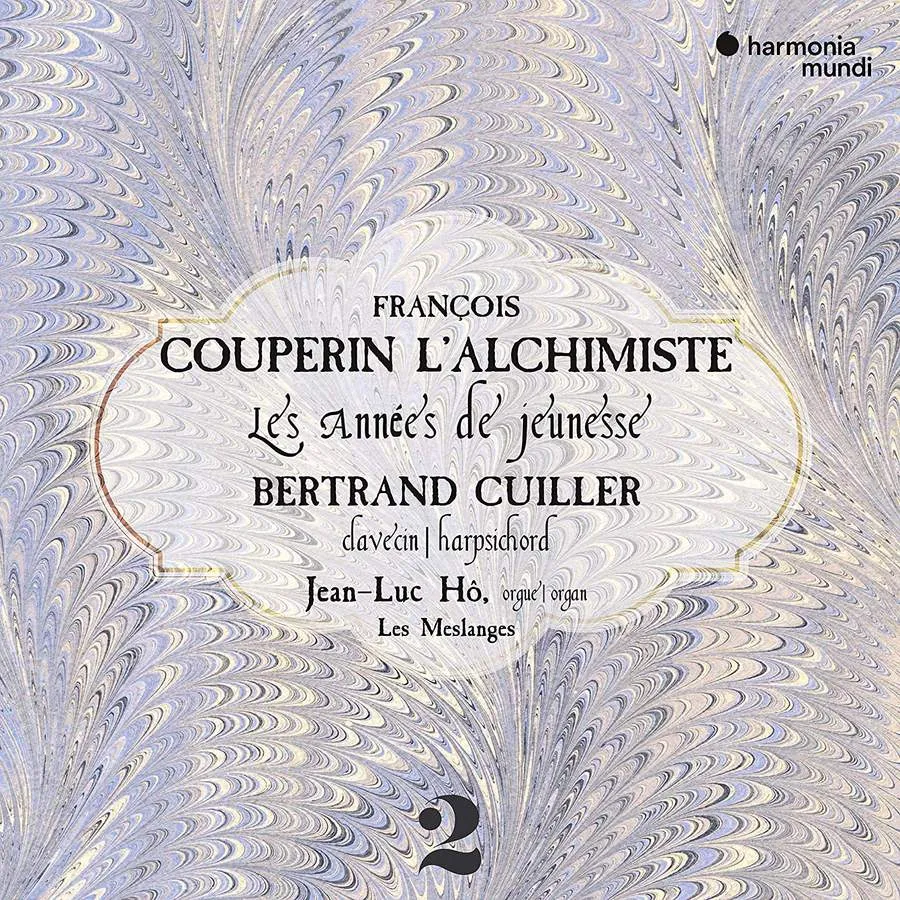
F Couperin Couperin l’Alchimist: Les années de jeunesse – Pièces de clavecin, Book I; Messe 'propre pour les couvents de religieux et religieuses'; Messe 'a l'usage ordinaire des Paroisses' Bertrand Cuiller (harpsichord) Harmonia Mundi HMM90237779 195:13 mins (3 discs)
Bertrand Cuiller’s journey traversing the complete harpsichord works of Couperin ‘Le Grand’ opened with a release fancifully entitled ‘a little theatre of the world’ – a conceit that raised questions without always answering them. This sequel occupies less whimsical territory. It drills down into the music of Couperin’s youth, and includes the two organ masses published in 1690. Harpsichordists would have to wait nearly a quarter of a century for the first book of Pièces de clavecin, and if its composer was by now 45 years old, Cuiller’s inclusion of Ordres I and II acknowledges music that had long been in circulation.
Couperin believed the chief advantages of the harpsichord to be ‘precision, clarity, brilliance (and compass)’, attributions Cuiller possesses in spades. He breathes the air of the stylised dances with a poise that probes beyond surface blandishments; and the bejewelled embellishments spring from the soul of the music rather than merely adding titillating ‘garnish’. The G major Ordre’s Sarabande fully lives up to its name ‘La Majestueuse’, while ‘La Milordine’ cuts a dapper, aristocratic dash. From the D major companion set, the bracing crispness of ‘La Diane’ proves the perfect foil to the commanding sweep of ‘La Laborieuse’, though Couperin’s request for nonchalance in ‘La Babet’ is largely downplayed.
Jean-Luc Ho delivers stylish accounts of the organ masses on two historic instruments, reminding us that the French love affair with pungent, fiery reeds was no mere 19th century predilection. Their movements are illuminatingly interspersed with the relevant plainchant interpolations, despatched, with scrupulous attention to detail, by Les Melanges – shadowed by a serpent of the wind variety.
Paul Riley